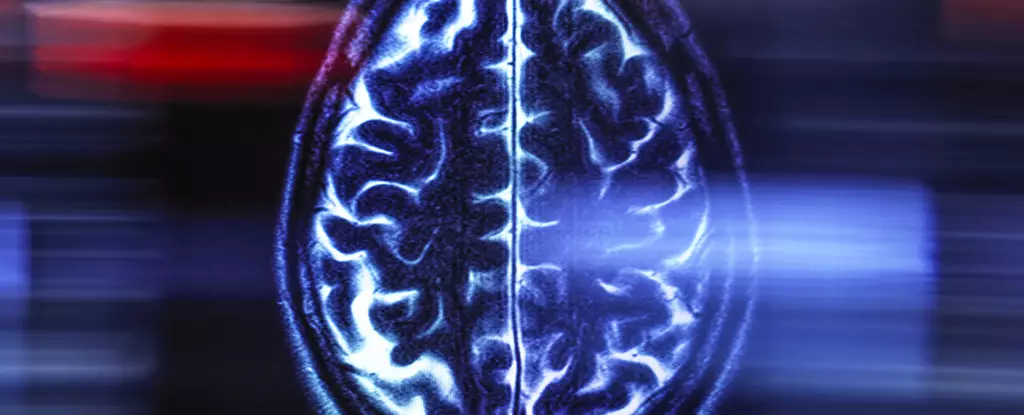For centuries, the concept of age has been narrowly confined to the passage of time—our chronological age dictated by birthdays. Yet, emerging research suggests that this simple metric does not reveal the nuanced reality of our biological state. Our bodies and minds age at varying rates, influenced by genetics, lifestyle, and countless environmental factors. Recognizing this discrepancy opens a revolutionary window into understanding health deterioration long before symptoms arise. The development of sophisticated tools that assess biological age from neuroimaging fundamentally alters how we predict and manage age-related diseases, especially cognitive impairments like dementia.
Brain as the Archive of Aging
The human brain, a complex organ central to identity and cognition, bears traces of the aging process. Variations in brain structure—such as cortical thickness and gray matter volume—are more than mere correlates; they act as indicators of the body’s overall aging trajectory. The groundbreaking research involving the Dunedin study illustrates how measuring 99 neuroanatomical markers enables scientists to estimate an individual’s biological age with remarkable accuracy. This approach signifies a paradigm shift, moving beyond superficial health metrics toward an in-depth understanding rooted in brain health. It underscores the potential of neuroimaging not just as a diagnostic tool but as a predictive instrument capable of identifying risks years before clinical symptoms manifest.
The Promise of a Single Scan
One of the most impressive aspects of the DunedinPACNI system is its efficiency. Traditional assessments of biological age often require multiple tests over extended periods, reflecting a slow, sometimes unreliable, process. In contrast, a single brain scan—taken midway through life—can offer a comprehensive snapshot of a person’s biological aging pace. This leap in diagnostic simplicity promises not only convenience but also early intervention possibilities. Healthcare providers could identify individuals at heightened risk long before irreversible damage occurs, enabling preventative measures such as lifestyle modifications, diet, and targeted therapies to potentially slow or even reverse some aspects of aging.
Implications for Disease Prevention and Life Extension
Scientific progress in neuroimaging-based aging assessments challenges the passive acceptance of aging as inevitable. Instead, it presents an empowering vision: the possibility of intervening early to change the course of aging. If we determine that our brain age exceeds our chronological age, we gain critical insight into our overall health risks, notably for diseases like Alzheimer’s, cardiovascular issues, or cognitive decline. Tailored strategies—like improving diet, increasing physical activity, or pursuing cognitive training—could then be implemented promptly, possibly decades before symptoms emerge. Such approaches elevate the potential for extending not just lifespan but healthspan, the period of life spent in good health.
Broader Societal and Ethical Considerations
While this technological breakthrough offers promising avenues, it also prompts reflection on societal and ethical dimensions. How will individuals respond upon discovering they are aging faster internally than their chronological age suggests? Will this lead to increased anxiety, or could it motivate proactive health behaviors? Moreover, issues surrounding privacy, data security, and equitable access to such advanced diagnostics must be addressed. Could this technology exacerbate health disparities if only available to certain populations? Balancing innovation with responsible implementation will be crucial as we navigate the implications of brain-based aging assessment.
A New Frontier in Personalized Medicine
Ultimately, assessing biological age through neuroimaging heralds a transformative era in personalized medicine. It allows for interventions tailored precisely to the individual’s unique aging profile, vastly increasing the effectiveness of prevention strategies. As research progresses, these tools could become standard in routine health evaluations, fostering a proactive environment where aging is no longer an unavoidable decline but a modifiable process. The ability to peer into the aging brain provides not only scientific insight but also a source of hope—an optimistic outlook that vibrant, healthy aging is within reach for many, guided by the mirror of our own brains.

